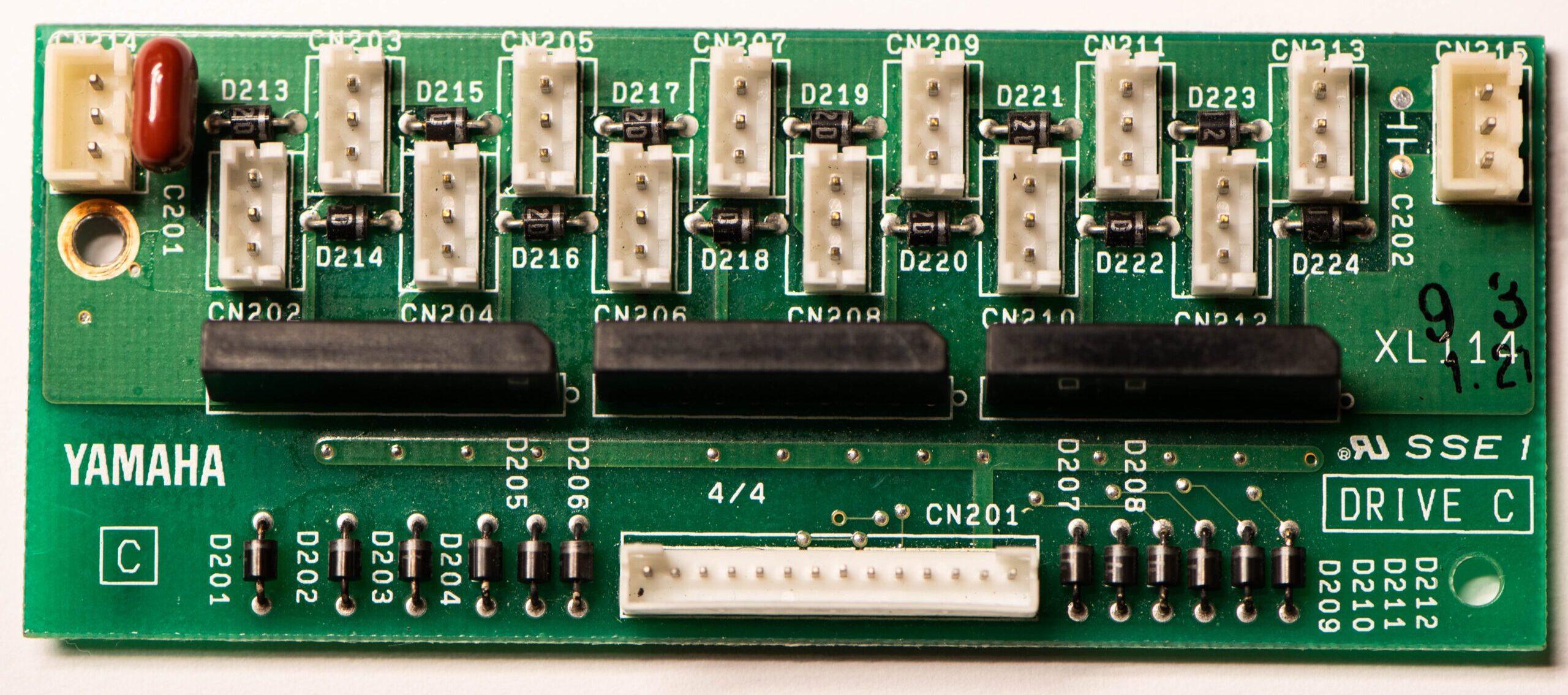Troubleshooting Your Digital Piano or Keyboard
As a piano technician with a subspecialty in keyboards, as well as digital and hybrid pianos, I’ve compiled this guide to address common issues. Drawing from my experience with brands like Yamaha, Roland, and Casio, I’ve put together a list of the most common problems I encounter! One or more keys play at full volume … Read more
